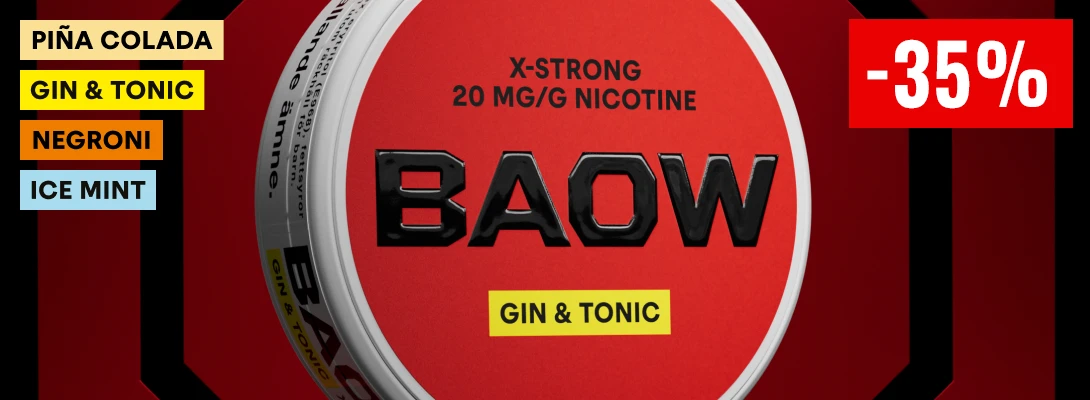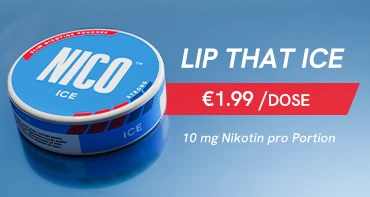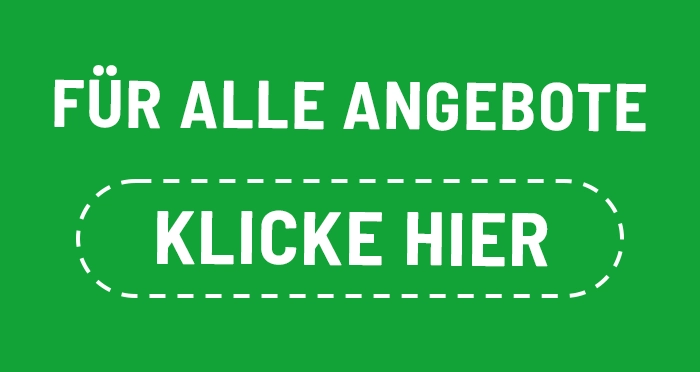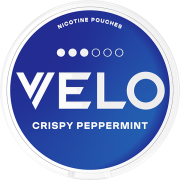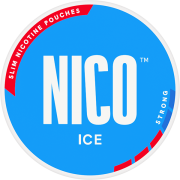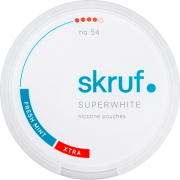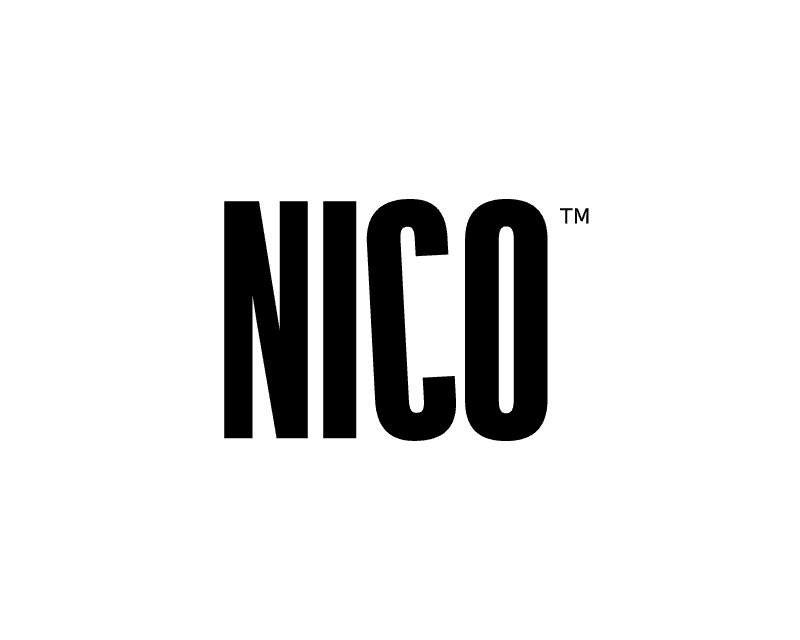Wir verwenden Cookies, um deine Erfahrung zu verbessern. Um die neuen Datenschutzrichtlinien zu erfüllen, müssen wir um deine Zustimmung für Cookies bitten. Weitere Informationen
- ab EUR 4.33Wähle die Anzahl:
1x 10x 30x
EUR 45.50 EUR 4.55/Dose -12% - ab EUR 4.33Wähle die Anzahl:
1x 10x 30x
EUR 45.50 EUR 4.55/Dose -12% - ab EUR 1.98Wähle die Anzahl:
1x 10x 30x
EUR 19.80 EUR 1.98/Dose - ab EUR 1.98Wähle die Anzahl:
1x 10x 30x
EUR 19.80 EUR 1.98/Dose - ab EUR 4.33Wähle die Anzahl:
1x 10x 30x
EUR 45.50 EUR 4.55/Dose -12% - ab EUR 4.78Wähle die Anzahl:
1x 10x 30x
EUR 49.90 EUR 4.99/Dose -12% - ab EUR 2.77Wähle die Anzahl:
1x 10x 30x
EUR 29.60 EUR 2.96/Dose -43% - ab EUR 1.98Wähle die Anzahl:
1x 10x 30x
EUR 19.80 EUR 1.98/Dose
- ab EUR 4.33Wähle die Anzahl:
1x 10x 30x
EUR 45.50 EUR 4.55/Dose -12% - ab EUR 2.98Wähle die Anzahl:
1x 10x 30x
EUR 31.20 EUR 38.90 EUR 3.12/Dose -11% - ab EUR 2.98Wähle die Anzahl:
1x 10x 30x
EUR 31.20 EUR 38.90 EUR 3.12/Dose -11% - ab EUR 4.33Wähle die Anzahl:
1x 10x 30x
EUR 45.50 EUR 4.55/Dose -12% - ab EUR 4.33Wähle die Anzahl:
1x 10x 30x
EUR 45.50 EUR 4.55/Dose -12% - ab EUR 4.33Wähle die Anzahl:
1x 10x 30x
EUR 45.50 EUR 4.55/Dose -12% - ab EUR 4.33Wähle die Anzahl:
1x 10x 30x
EUR 45.50 EUR 4.55/Dose -12% - ab EUR 4.33Wähle die Anzahl:
1x 10x 30x
EUR 45.50 EUR 4.55/Dose -12% - ab EUR 4.33Wähle die Anzahl:
1x 10x 30x
EUR 45.50 EUR 4.55/Dose -12% - ab EUR 3.72Wähle die Anzahl:
1x 10x 30x
EUR 38.90 EUR 3.89/Dose -11% - ab EUR 3.72Wähle die Anzahl:
1x 10x 30x
EUR 38.90 EUR 3.89/Dose -11% - ab EUR 4.33Wähle die Anzahl:
1x 10x 30x
EUR 45.50 EUR 4.55/Dose -12% - ab EUR 4.06Wähle die Anzahl:
1x 10x 30x
EUR 42.50 EUR 4.25/Dose -11% - ab EUR 4.33Wähle die Anzahl:
1x 10x 30x
EUR 45.50 EUR 4.55/Dose -12% - ab EUR 4.33Wähle die Anzahl:
1x 10x 30x
EUR 45.50 EUR 4.55/Dose -12% - ab EUR 4.06Wähle die Anzahl:
1x 10x 30x
EUR 42.50 EUR 4.25/Dose -11%
- ab EUR 4.06Wähle die Anzahl:
1x 10x 30x
EUR 42.50 EUR 4.25/Dose -11% - ab EUR 1.98Wähle die Anzahl:
1x 10x 30x
EUR 19.80 EUR 1.98/Dose - ab EUR 4.06Wähle die Anzahl:
1x 10x 30x
EUR 42.50 EUR 4.25/Dose -11% - ab EUR 1.98Wähle die Anzahl:
1x 10x 30x
EUR 19.80 EUR 1.98/Dose - ab EUR 4.33Wähle die Anzahl:
1x 10x 30x
EUR 45.50 EUR 4.55/Dose -12% - ab EUR 1.98Wähle die Anzahl:
1x 10x 30x
EUR 19.80 EUR 1.98/Dose - ab EUR 4.06Wähle die Anzahl:
1x 10x 30x
EUR 42.50 EUR 4.25/Dose -11% - ab EUR 1.98Wähle die Anzahl:
1x 10x 30x
EUR 19.80 EUR 1.98/Dose - ab EUR 4.33Wähle die Anzahl:
1x 10x 30x
EUR 45.50 EUR 4.55/Dose -12% - ab EUR 4.06Wähle die Anzahl:
1x 10x 30x
EUR 42.50 EUR 4.25/Dose -11% - ab EUR 4.06Wähle die Anzahl:
1x 10x 30x
EUR 42.50 EUR 4.25/Dose -11% - ab EUR 4.33Wähle die Anzahl:
1x 10x 30x
EUR 45.50 EUR 4.55/Dose -12% - ab EUR 4.33Wähle die Anzahl:
1x 10x 30x
EUR 45.50 EUR 4.55/Dose -12% - ab EUR 4.06Wähle die Anzahl:
1x 10x 30x
EUR 42.50 EUR 4.25/Dose -11% - ab EUR 4.06Wähle die Anzahl:
1x 10x 30x
EUR 42.50 EUR 4.25/Dose -11% - ab EUR 4.33Wähle die Anzahl:
1x 10x 30x
EUR 45.50 EUR 4.55/Dose -12%
- ab EUR 4.78Wähle die Anzahl:
1x 10x 30x
EUR 49.90 EUR 4.99/Dose -12% - ab EUR 2.77Wähle die Anzahl:
1x 10x 30x
EUR 29.60 EUR 2.96/Dose -43% - ab EUR 4.78Wähle die Anzahl:
1x 10x 30x
EUR 49.90 EUR 4.99/Dose -12%
- ab EUR 4.78Wähle die Anzahl:
1x 10x 30x
EUR 49.90 EUR 4.99/Dose -12% - ab EUR 3.72Wähle die Anzahl:
1x 10x 30x
EUR 38.90 EUR 3.89/Dose -11%
WILLKOMMEN BEI SNUSEXPRESS!
Willst du Alternativen zu Snus bestellen nach Deutschland und bist auf der Suche nach tabakfreien Nicotine Pouches? Dann bist Du hier genau richtig! Hier kannst du tabakfreie Nikotinbeutel, auch Nicotine Pouches genannt, kaufen. Bei SnusExpress kannst du Nikotinbeutel online bestellen, nach Deutschland und die meisten Länder der EU. Die Auswahl ist groß: Wir haben eine vielfältige Auswahl an Marken und Herstellern, wie beispeilsweise Swedish Match, Skruf oder The SnusFactory. An Werktagen schickt SnusExpress Snus nach Deutschland, täglich per Post und UPS. So kannst du deinen EU Snus, Nicotine Pouches und Nikotinbeuteln. Wir schicken deine Bestellung schnell: Je nach Lieferadresse kannst du oft bereits am nächsten Werktag deine Nikotinbeutel im Briefkasten haben. SnusExpress garantiert dir die beste Qualität zum besten Preis und bietet dir einen Topservice. Bei Fragen hilft dir der freundlichen deutschsprachige SnusExpress-Kundenservice weiter.
EINFACH BESTELLEN BEI SNUSEXPRESS!
Ist dein Nikotinbeutel-Vorrat schon fast leer? Keine Panik: Wir heißen nicht umsonst SnusExpress und verschicken deine Bestellung so schnell wie möglich. Du hast UPS und Postversand zur Wahl.

GROSSE AUSWAHL, GÜNSTIGE PREISE!
SnusExpress bezieht seine Produkte direkt beim Hersteller, ohne Zwischenhände. Das tolle daran: Deine Nikotinbeutel sind frisch und wir geben die Ersparnis direkt an dich weiter!

FREUNDLICHER KUNDENDIENST
Hast du Fragen? Oder brauchst du Tipps oder Infos rund um Nikotinbeutel? Unser deutschsprachiger SnusExpress-Kundendienst ist für dich da und hilft dir schnell, kompetent und freundlich weiter.

FREE FAST SHIPPING FROM SWITZERLAND
Vestibulum consectetur augue vel dolor mollis iaculis. Duis sodales varius pellentesque. Morbi sollicitudin est erat, ut tempor odio efficitur vitae.

NO ADDED DUTIES OR TAXES
Vestibulum consectetur augue vel dolor mollis iaculis. Duis sodales varius pellentesque. Morbi sollicitudin est erat, ut tempor odio efficitur vitae.

SCHNELLE ANTWORT AUF DEINE FRAGEN
Das Snushof-Kundendienst-Team hilft dir bei Fragen schnell und unkompliziert weiter





